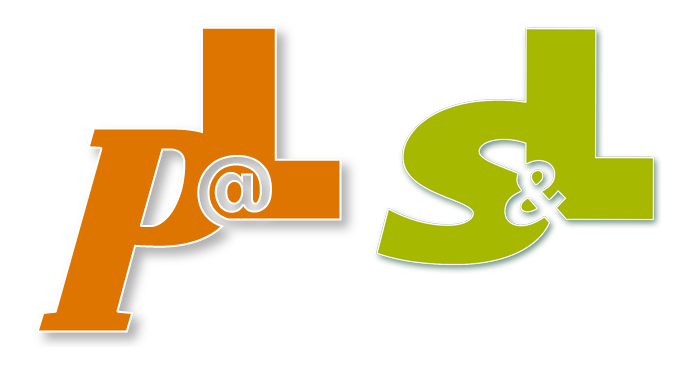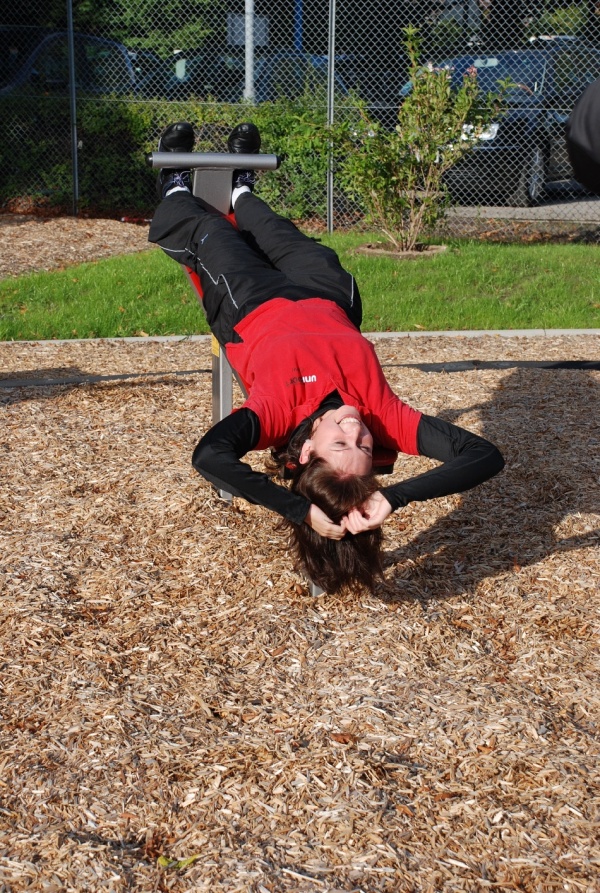Tell me, mum, who is actually allowed to control playgrounds?
If we looked on the Internet at "www.frag-mutti.de", we would probably not get ....


YOUR FORUM FOR PLAY, SPORTS UND LEISURE AREAS

If we talk about fall protection in relation to playgrounds, we might think of safeguards that are designed to protect children from accidentally falling from great heights.
Far from it. The term “fall protection” always refers here to playground surfacing.
Although selecting “suitable” surfacing cannot protect a child from falling, this can at least soften the fall to cushion the impact.
The tables in the EN 1176 standard set out which surfacing can be used based on the maximum height present. We should point out here that table F.1 in Annex F of EN 1176 can be used for Germany. When choosing the surfacing, you should consider what kind of playground equipment has been/will be installed. For example, equipment with forced movement must be installed on impact-absorbing surfacing (at least grass or topsoil).
But what surfacing materials are best suited to what playground/ under what playground equipment?
There is no general answer to this. Each of the materials listed has advantages and disadvantages depending on the application. When choosing surfacing, the planner should therefore always find an individual solution that is dependent on the playground equipment installed, location of the playground, social environment and, of course, financial conditions.
The following list should help you gain a broad overview, showing advantages and disadvantages of the different types of surfacing.
1. Concrete/stone/asphalt (permitted up to max. fall height of 0.6 m)
Static equipment can also be installed in city areas (e.g. pedestrian zones) without additional measures. However, since the ground underneath has no impact-absorbing properties in these cases, additional measures should be taken even for low fall heights to ensure the immediate fall area is safe (e.g. installing impact protection tiles).
2. Topsoil (natural ground) and water-bound surfaces (permissible up to max fall height of 1 m)
It is important to note here that these offer very little impact absorption. The operator whose equipment is installed on the topsoil must ensure that the ground offers this minimum level of impact absorption at all times. This requires intensive maintenance and care which can scarcely be implemented in practice.
3. Grass (permitted up to max. fall height of 1.5 m)
Grass also only offers sufficient impact absorption if it is regularly maintained. The disadvantage of grass becomes soon apparent because experience has shown that this soon wears away through playground use. The “wear and tear effect” is particularly shown in frequently used areas (below swings, the area at the bottom of slides etc.). Here, the operator is required to maintain the grass accordingly. This requires intensive maintenance and care which can scarcely be implemented in practice.
4. Woodchip (permitted up to max. fall height of 3 m)
Wood chips offer very good impact absorption but the material gets compressed under weight after a very short period of time, reducing its impact absorption properties. The material structure is another disadvantage because the grains make it difficult to see debris such as broken glass and it is not easy for maintenance personnel to remove it. Since the material rots naturally, it must be replenished regularly. When using this material, you must ensure that it is pure wood and not reconditioned wood. If grain sizes are used that are outside the 5 mm to 30 mm range, specific evidence of their suitability must be provided.
5. Bark mulch (permitted up to max. fall height of 3 m)
In principle, bark mulch has the same properties as wood chip. Here, however, it must also be noted that this material is very prone to rotting due to its wood content. Therefore, bark mulch should never be placed in direct contact with wood components of playground equipment because this is likely to accelerate equipment rotting. If using grain sizes that are outside the 20 mm to 80 mm range, specific evidence of their suitability must be provided.
6. Sand (permitted up to max. fall height of 3 m)
Sand is very good at absorbing the lateral forces resulting from movement due to a fall.
A disadvantage is the fact that this it is also very popular with animals and is often contaminated with dog or cat faeces. Contamination by broken glass or other objects cannot always be identified immediately by maintenance personnel because these are usually found underneath the equipment area. Cleaning sand to remove debris using mechanical tools (rakes, etc.) is much easier compared with other loose bulk materials. Furthermore, it should be noted that sand quickly erodes away in frequently used areas and the operator must ensure that this is regularly replenished. It is often criticised that sand is not suitable for playgrounds of schools and nurseries because it can make corridors slippery where it is walked in.
7. Gravel grain sizes (permitted up to max. fall height of 3 m)
Gravel is excellent for drainage, usually allowing water to drain away from components which are surrounded by gravel. Gravel also offers very good impact absorption in the event of a vertical fall or a fall when moving. It is however far more difficult to remove debris from gravel compared with sand due to the grains. If using grain sizes outside of the 2 mm to 8 mm range, specific evidence of their suitability must be provided (check required).
8. Synthetic fall protection (up to 3 m fall height depending on the thickness)
As a rule, the use of synthetic surfacing is the least maintenance-intensive because debris is immediately recognisable and there is no “wear and tear effect” as is the case with the surfacing types above. However, it is important to choose the correct tile/layer thicknesses. Manufacturers offer various material thicknesses whose use depends on the fall height present. A disadvantage is that the synthetic surfacing cannot absorb lateral forces of a fall generated during accelerated motion as well as sand or gravel. It is important to follow manufacturer installation instructions closely when laying individual tiles (subsurface preparation, installation notes for the tiles, installation and attachment of end profiles, etc.).
Fotos: Oecocolor